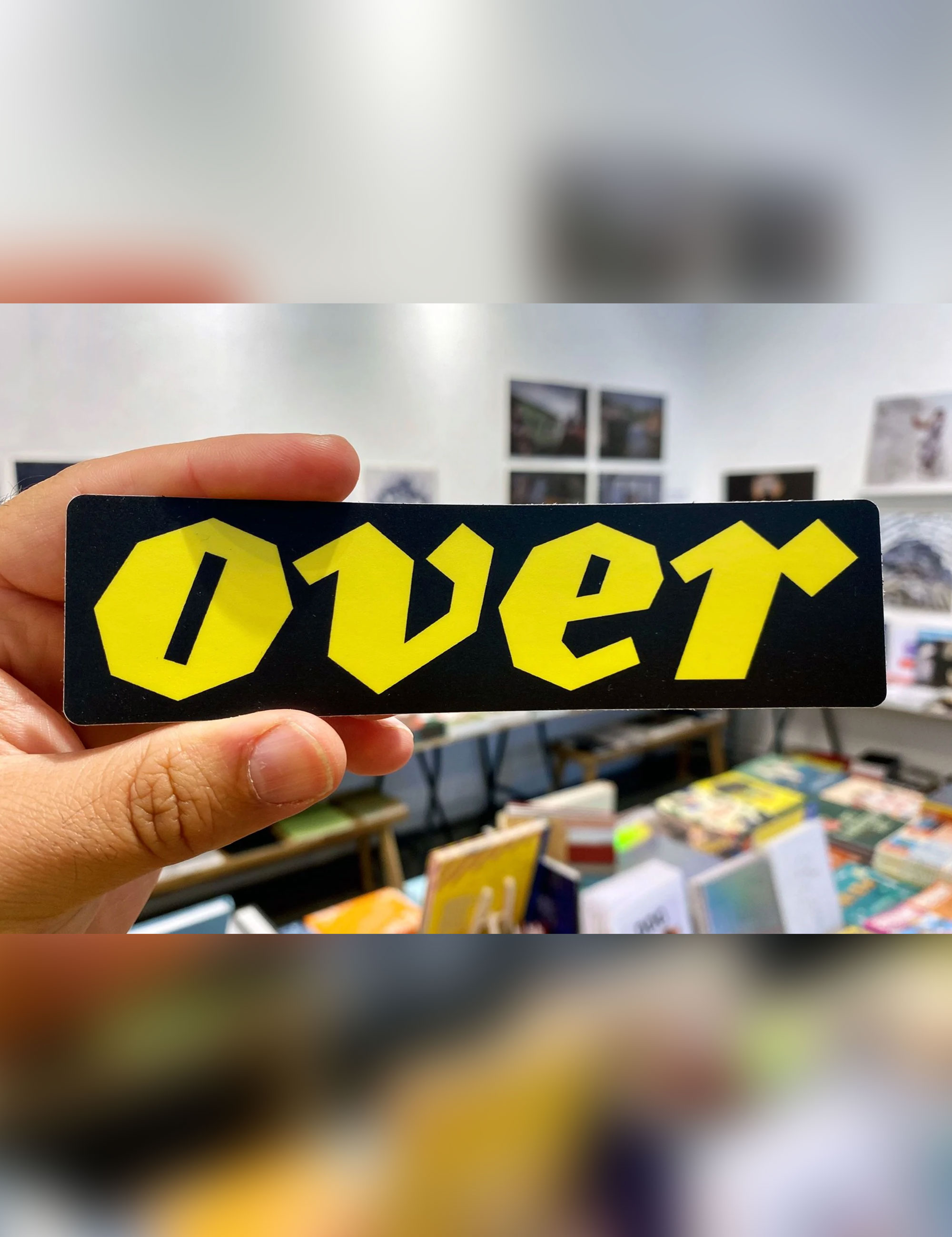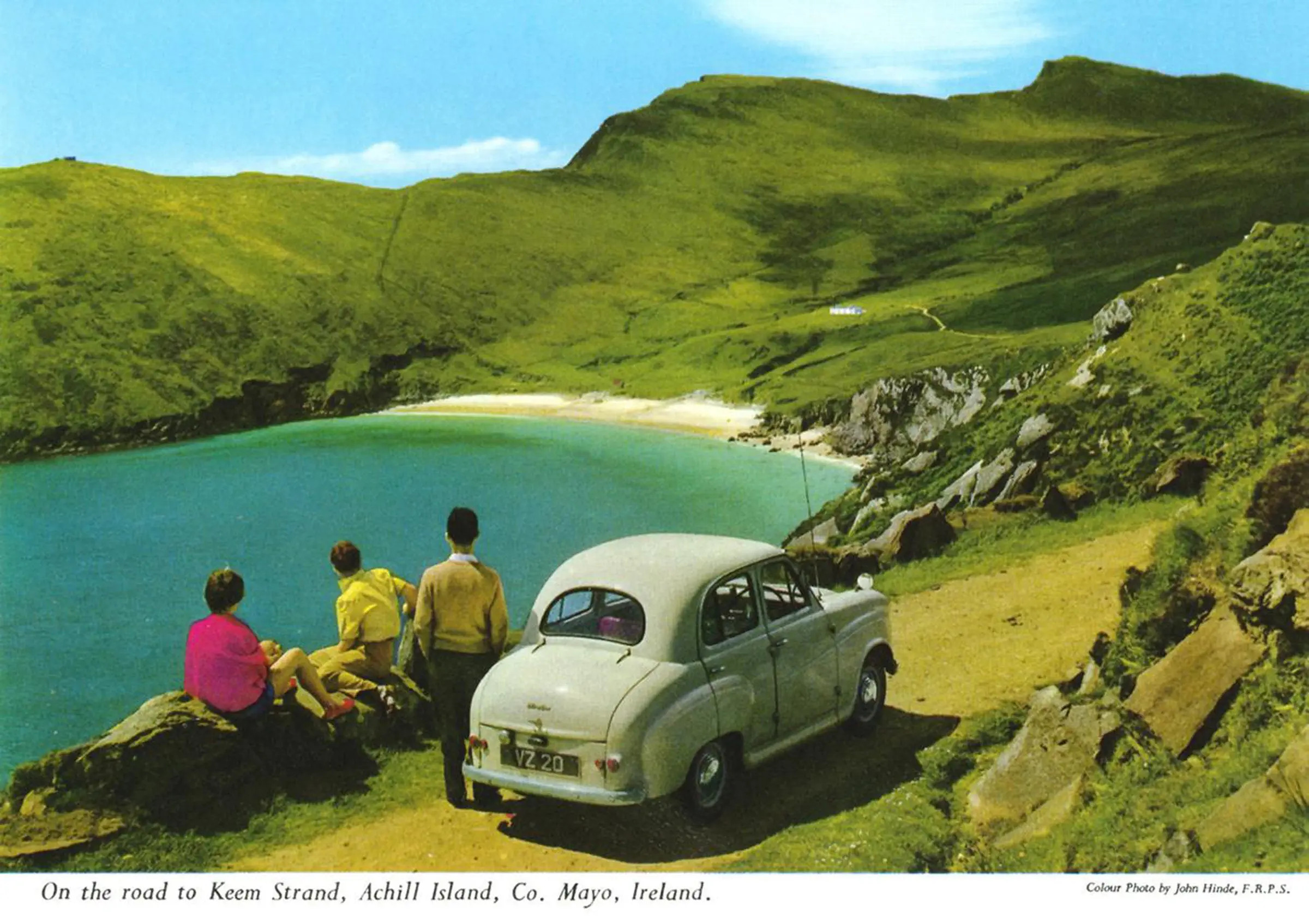Nets
I’ve been looking at my neighbour’s windows across the street for the last eight years. They’re the first thing I see when I open my curtains every morning. The woman who owns the flat hasn’t lived there for over ten years but she stops by occasionally to check things are okay. Her net curtains, which are sagging and dingy, are framed by chipped window sills.
Since moving to London’s Elephant and Castle in 2013, I’ve been photographing the area as a document of the ever changing nature of neighbourhoods and cities. I watched the Heygate estate, once a film location for urban and dystopian movie sets, slowly be boarded up and demolished. Built in its place were expensive developments for overseas buyers that former residents could no longer afford to live in. As I wandered around the neighbouring Aylesbury estate on my photographic walks, I noticed the net curtains hanging in many of the windows. The estate was touted as Europe’s largest public housing estate. Built in the 60s, Aylesbury’s two thousand and seven hundred dwellings were built to house over ten thousand residents. When the Aylesbury finished completion in the 70s, people clamoured to live there with its balconies and mod cons.
Fourty years on, they are seen as dilapidated eyesores that are too expensive to repair.
I see these nets as a signifier of the socio-economic and class divide in British society. They are few and far in between in affluent areas like North London with its plantation shutters and Victorian housing stock. They’re also a novelty for myself as a Canadian used to to block curtains and blinds.
For Nets, I collected net curtains from neighbours and local residents; some were born and bred in South London, others had come from Ireland, Africa, Asia, and South America. A few of the curtains belonged to residents who moved out, leaving behind empty flats except for their nets on the windows.
The curtains, exposed as cyanotypes on a one-to-one scale on Japanese paper, acquire a delicate and ephemeral quality. As they hang, they remind me of spectres from another time, as few of the current residents will remain once the area has undergone regeneration.
















